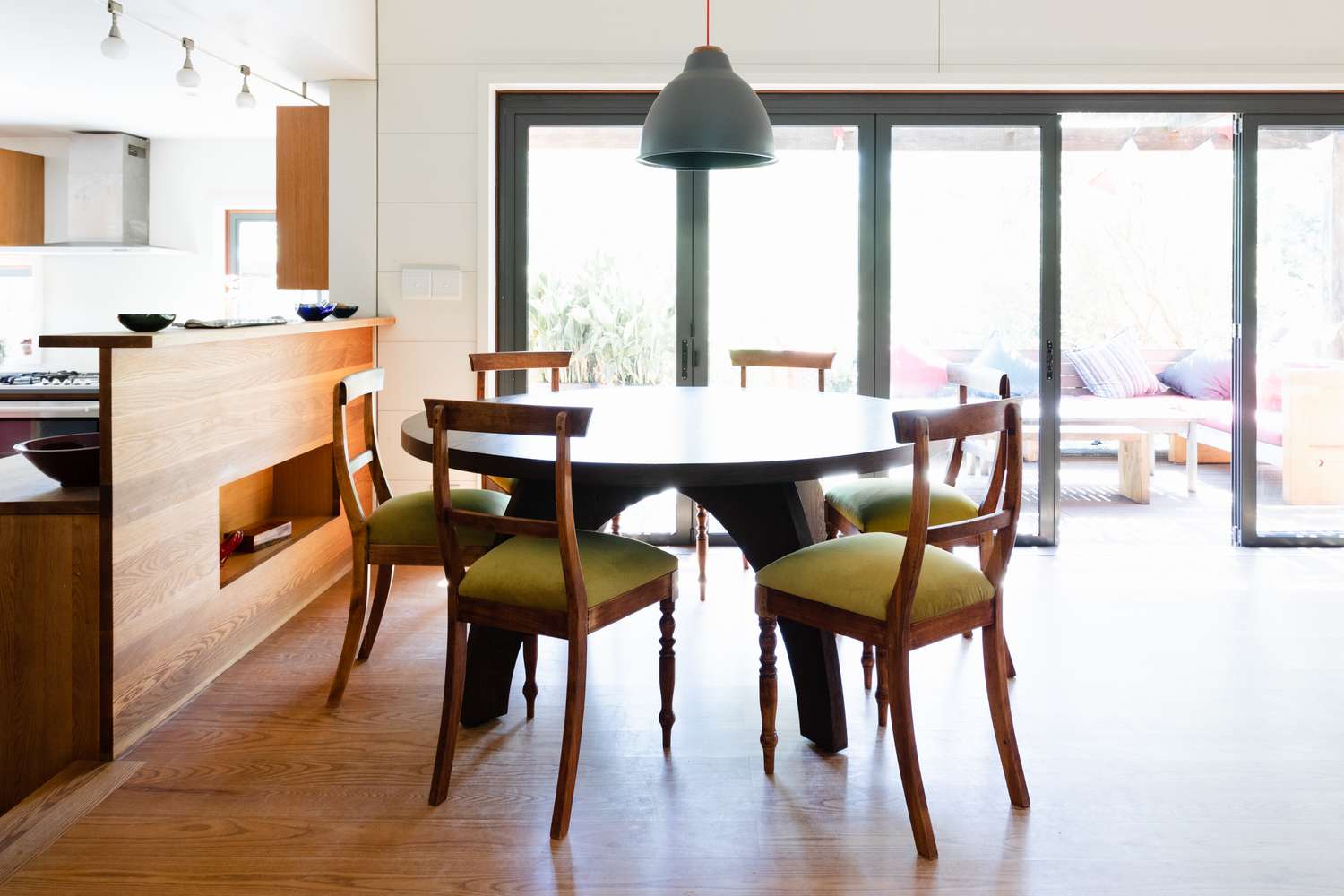

Articles
How Tall Is A Normal Dining Room Table
Modified: February 24, 2024
Discover the average height of a standard dining room table in this informative article. Gain insights on dining room table dimensions and sizing options.
(Many of the links in this article redirect to a specific reviewed product. Your purchase of these products through affiliate links helps to generate commission for Storables.com, at no extra cost. Learn more)
Introduction
Welcome to our comprehensive guide on the height of a normal dining room table. Whether you’re furnishing a new home or looking to upgrade your existing dining area, understanding the standard dimensions and factors influencing table height is essential. The height of a dining table plays a crucial role in creating a comfortable and functional space for dining and entertaining guests.
When it comes to selecting the right dining room table, there are multiple factors to consider, such as the size of your dining area, the type of dining chairs you have or plan to purchase, and your personal preferences. By understanding the average height of dining room tables and the factors that influence their height, you can make an informed decision and ensure that your dining experience is enjoyable and comfortable.
In this article, we will explore the average height of dining room tables, the factors that affect their height, and the standard dimensions commonly found in the market. Additionally, we will provide guidance on how to choose the right dining room table height for your specific needs.
So, let’s dive in and discover everything you need to know about the height of a normal dining room table!
Key Takeaways:
- The average height of a dining room table ranges from 28 to 30 inches, but factors like chair height, room proportions, and desired dining experience influence the ideal table height.
- Consider your chairs, desired dining experience, room proportions, and family members’ heights when choosing the perfect dining room table height for a comfortable and visually appealing dining space.
Read more: How Tall Is A Dining Table
Average Height of Dining Room Tables
The average height of a dining room table typically ranges from 28 to 30 inches (71 to 76 cm). This measurement is taken from the floor to the top of the table surface. However, it’s important to note that there is some variation in table heights depending on the style, design, and purpose of the table.
Standard dining room tables are designed to accommodate chairs with a seat height of around 18 inches (46 cm). This allows for a comfortable seating position and ensures that there is enough legroom for individuals sitting at the table. The overall proportions of the table, including the width and length, should also be taken into consideration to create a harmonious and balanced dining area.
It’s worth mentioning that counter-height dining tables are becoming increasingly popular in modern homes. These tables have a height of around 36 inches (91 cm) and are paired with counter-height stools or chairs. Counter-height tables provide a more casual and relaxed dining experience, as they are often used for quick meals or entertaining in kitchen spaces.
On the other hand, bar-height dining tables, which are typically found in bars or restaurants, have a height ranging from 40 to 42 inches (102 to 107 cm). These tables are designed for use with bar stools and provide a more elevated and social dining experience.
In summary, the average height of a dining room table is around 28 to 30 inches (71 to 76 cm), but there are variations depending on the style and purpose of the table. Consider factors such as chair height, overall proportions, and the desired dining experience when selecting a dining room table for your space.
Factors Affecting Dining Room Table Height
Several factors can influence the height of a dining room table. Understanding these factors will help you choose the ideal table height for your specific needs and preferences. Here are the key factors to consider:
- Chair Height: The height of the dining chairs you plan to use is one of the most important factors in determining the table height. The table should be at a height that allows for comfortable seating, with enough legroom between the chair seat and the table surface.
- Function and Purpose: The function and purpose of the dining table also play a role in determining its height. Is it primarily used for formal dining, casual meals, or both? Formal dining tables tend to be taller to create a more elegant atmosphere, while casual dining tables may be slightly lower for a relaxed feel.
- Family and Guests: Consider the average height of your family members and potential guests when selecting a dining table height. If you have taller individuals, opting for a slightly higher table can ensure their comfort. Conversely, if you have children or individuals with mobility limitations, a lower table may be preferred for ease of use.
- Table Style and Design: Different table styles and designs may have specific height requirements to maintain proportions and aesthetics. For example, farmhouse-style tables often have a lower height to align with their rustic charm, while contemporary tables may have a sleeker and higher design.
- Room Proportions: The size and dimensions of your dining room also influence the ideal table height. A larger room with high ceilings may benefit from a taller table to fill the space, whereas a smaller room may require a lower table to create a balanced visual appeal.
By considering these factors, you can determine the appropriate height for your dining room table that will ensure comfort, functionality, and aesthetic appeal.
A standard dining room table is typically around 30 inches tall. When shopping for a dining table, be sure to consider the height to ensure it will be comfortable for your dining experience.
Standard Dimensions of Dining Room Tables
While the height of a dining room table may vary, there are standard dimensions that are commonly used in the industry. These dimensions ensure that the table is functional and accommodates the standard height of dining chairs. Here are the typical standard dimensions of dining room tables:
- Rectangular Tables: Rectangular tables are the most common shape for dining room tables. They come in various sizes, but the standard dimensions range from 36 inches (91 cm) wide and 72 inches (183 cm) long for a six-person table, up to 48 inches (122 cm) wide and 96 inches (244 cm) long for a ten-person table. The height of these tables is typically around 30 inches (76 cm).
- Square Tables: Square tables are a popular choice for smaller dining areas or when you want to create a more intimate dining experience. The standard dimensions for square dining room tables range from 36 inches (91 cm) to 54 inches (137 cm) in width and length, with a height of around 30 inches (76 cm).
- Round Tables: Round tables offer a visually appealing and versatile option for dining rooms. The standard diameter of a round dining table varies from 36 inches (91 cm) for a four-person table to 72 inches (183 cm) for a ten-person table. The height of round tables is usually around 30 inches (76 cm).
- Oval Tables: Oval tables combine the benefits of a rectangular and round table, offering a unique shape and ample seating space. The standard dimensions for oval dining room tables range from 36 inches (91 cm) wide and 72 inches (183 cm) long for a six-person table, up to 48 inches (122 cm) wide and 96 inches (244 cm) long for a ten-person table. Like other tables, the height is typically around 30 inches (76 cm).
It’s important to note that these dimensions are guidelines, and you can find dining room tables in various sizes and shapes to suit your specific needs and available space. When selecting a dining table, consider the dimensions of your dining area, the number of people you plan to seat, and the style and design that best complements your interior.
Choosing the Right Dining Room Table Height
Choosing the right dining room table height is crucial to create a comfortable and visually appealing dining space. Here are some tips to help you make the right decision:
- Consider Your Chairs: Take into account the height of the dining chairs you plan to use. The table should be at a height that allows for easy seating and comfortable legroom. Ensure that there is sufficient space between the chair seat and the table surface to prevent any discomfort.
- Think About Your Desired Dining Experience: Consider the ambiance and atmosphere you want to create in your dining area. If you prefer a formal setting, consider a taller table that exudes elegance. For a casual and relaxed feel, a lower table height might be more suitable.
- Assess the Room Proportions: The size and dimensions of your dining room should also be taken into account. A larger room with high ceilings can accommodate a taller table, while a smaller room might benefit from a lower table to maintain proportion and visual balance.
- Keep in Mind Your Family and Guests: Consider the average height of your family members and potential guests. If you have taller individuals, opting for a slightly higher table will ensure their comfort. If you have children or individuals with mobility limitations, a lower table height may be more inclusive and convenient.
- Explore Different Table Styles: Different table styles and designs may require specific height considerations. Traditional or farmhouse-style tables typically have a lower height, while contemporary or bar-height tables have a taller design. Choose a style that complements your overall interior aesthetic.
- Test Out Tables: Whenever possible, visit furniture stores or showrooms to test out different table heights. Sit at the tables and assess the comfort and ease of use. This will give you a better understanding of which height works best for you and your family.
By considering these factors and taking the time to explore various options, you can select the perfect dining room table height that meets your functional and aesthetic preferences. Remember, it’s more than just a piece of furniture; it’s the centerpiece of your dining area where memories are made and shared.
Read more: How Tall Are Dining Table Legs
Conclusion
Choosing the right height for your dining room table is essential for creating a comfortable and enjoyable dining experience. By understanding the average height of dining room tables, along with the factors that influence their height, you can make an informed decision that suits your needs and preferences.
Remember that the average height of a dining room table typically ranges from 28 to 30 inches (71 to 76 cm). However, there are variations depending on the style, design, and purpose of the table. Consider factors such as chair height, function and purpose, family and guests, table style and design, and room proportions when selecting the ideal table height.
Additionally, familiarize yourself with the standard dimensions of dining room tables, including rectangular, square, round, and oval shapes. These standard dimensions provide a starting point for selecting the appropriate size for your dining area. However, feel free to explore different sizes and shapes to suit your specific needs and available space.
Ultimately, the right dining room table height is a balance between comfort, functionality, and aesthetic appeal. Take the time to test out different tables, sit at them, and assess the overall experience to ensure a perfect fit for your family and guests.
Now armed with this knowledge, you can confidently embark on your search for the perfect dining room table height. Make a choice that not only complements your personal style but also creates a warm and inviting atmosphere for gatherings and meals with your loved ones.
Whether it’s a formal dinner or a casual gathering, may your dining room table be a place of joy, shared stories, and cherished moments for years to come!
Frequently Asked Questions about How Tall Is A Normal Dining Room Table
Was this page helpful?
At Storables.com, we guarantee accurate and reliable information. Our content, validated by Expert Board Contributors, is crafted following stringent Editorial Policies. We're committed to providing you with well-researched, expert-backed insights for all your informational needs.
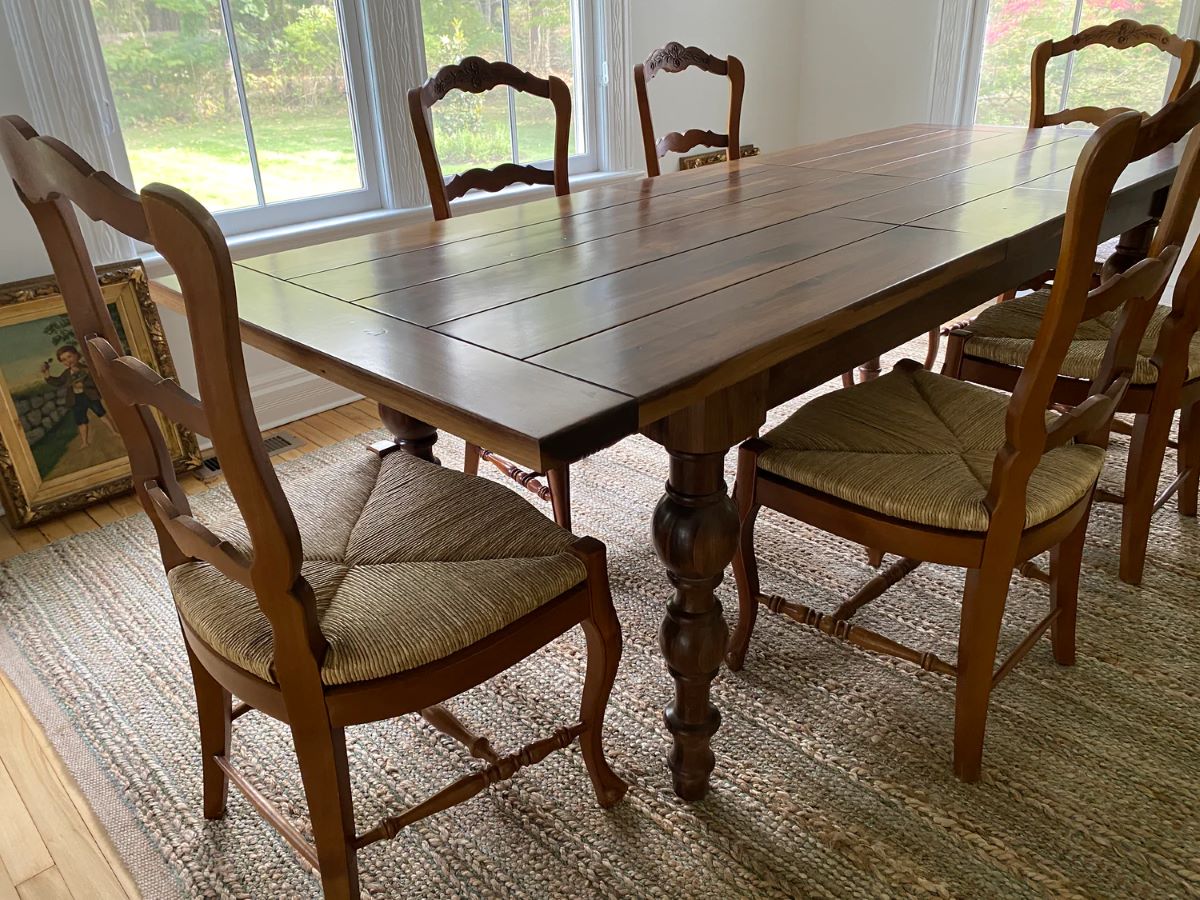


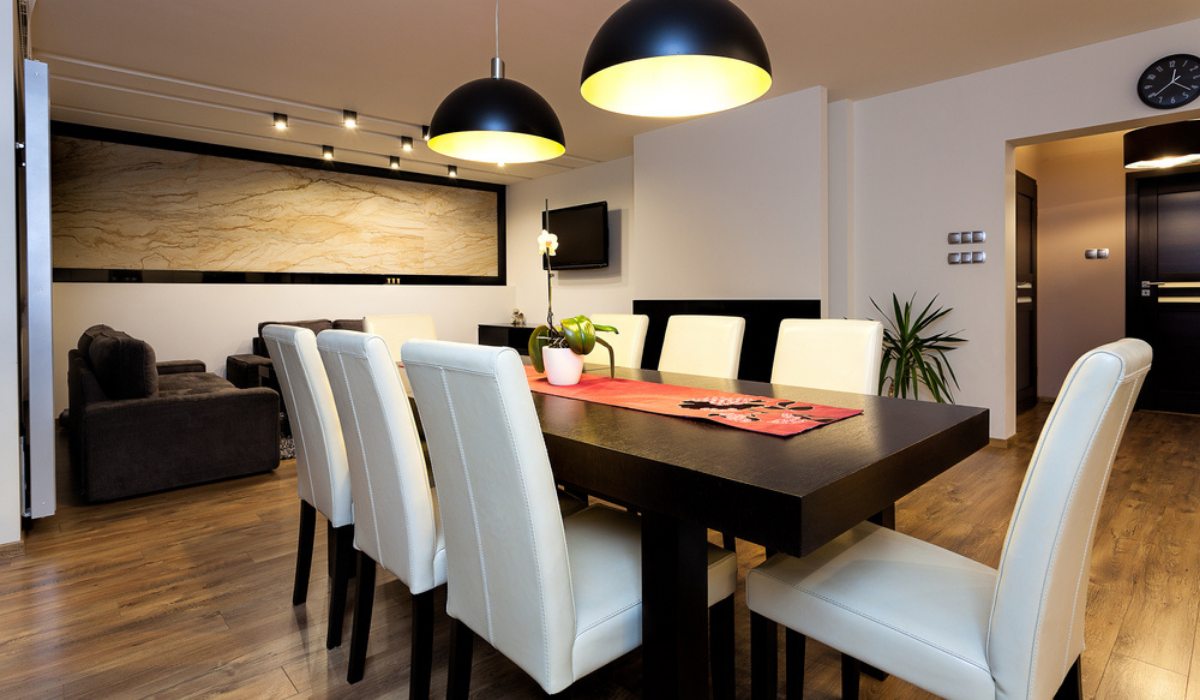
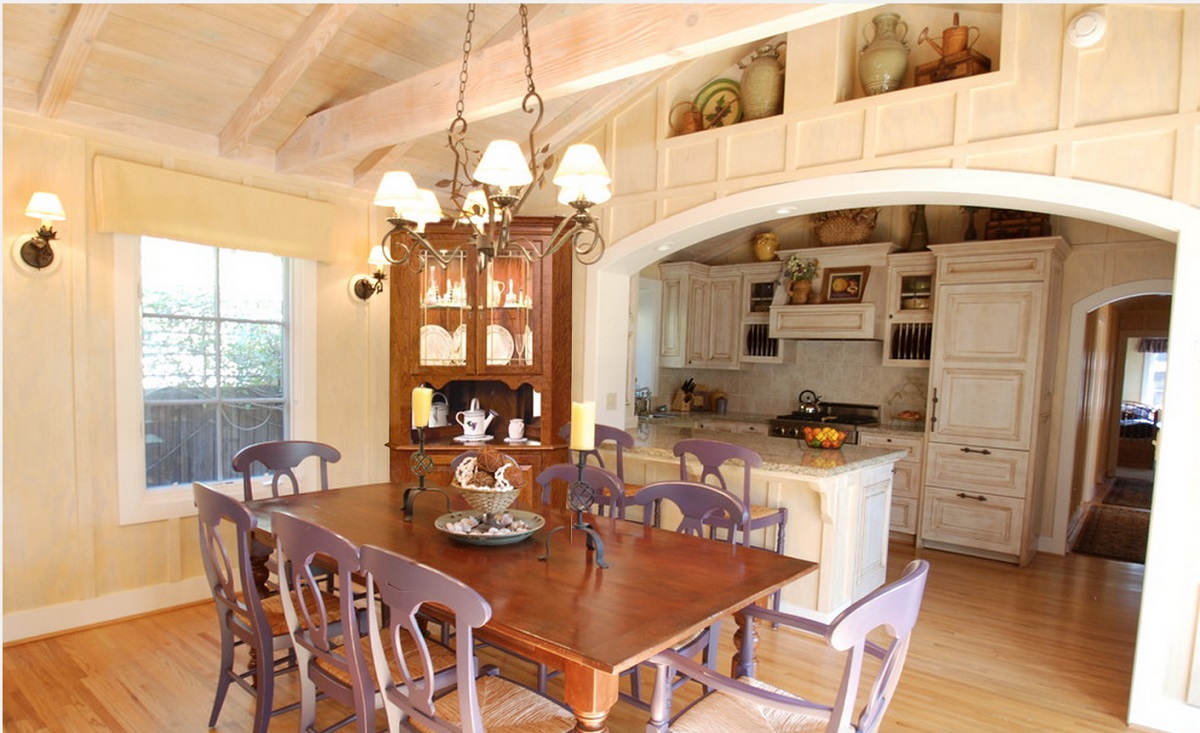

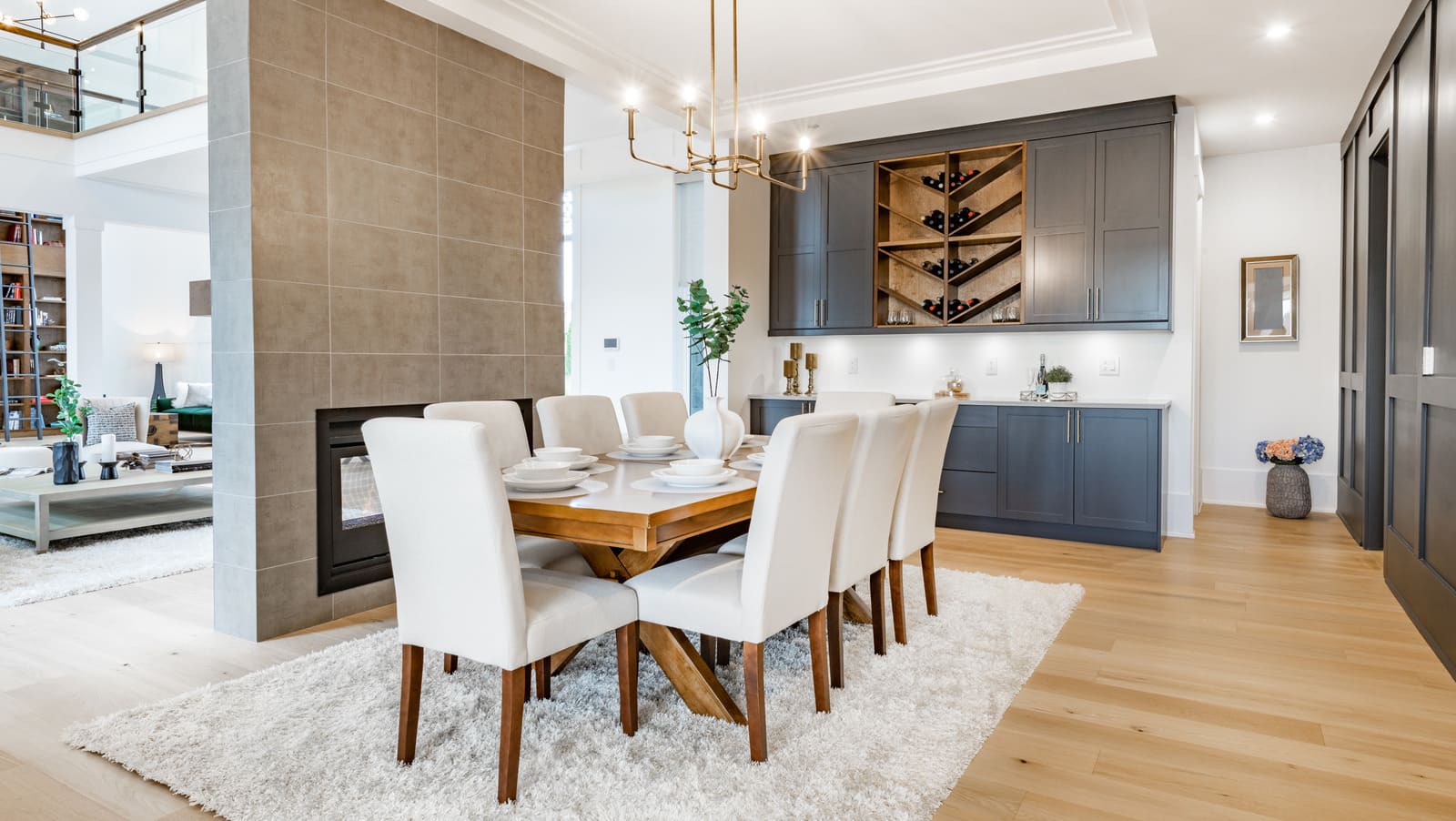

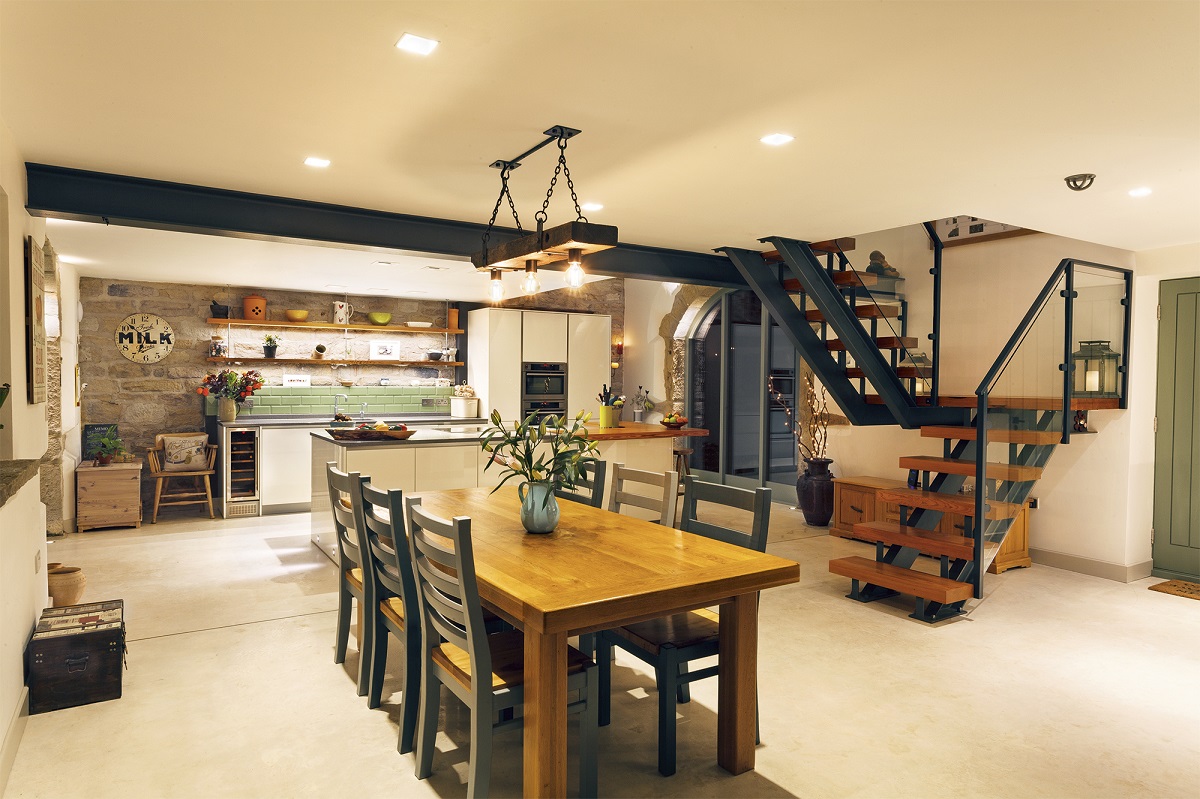


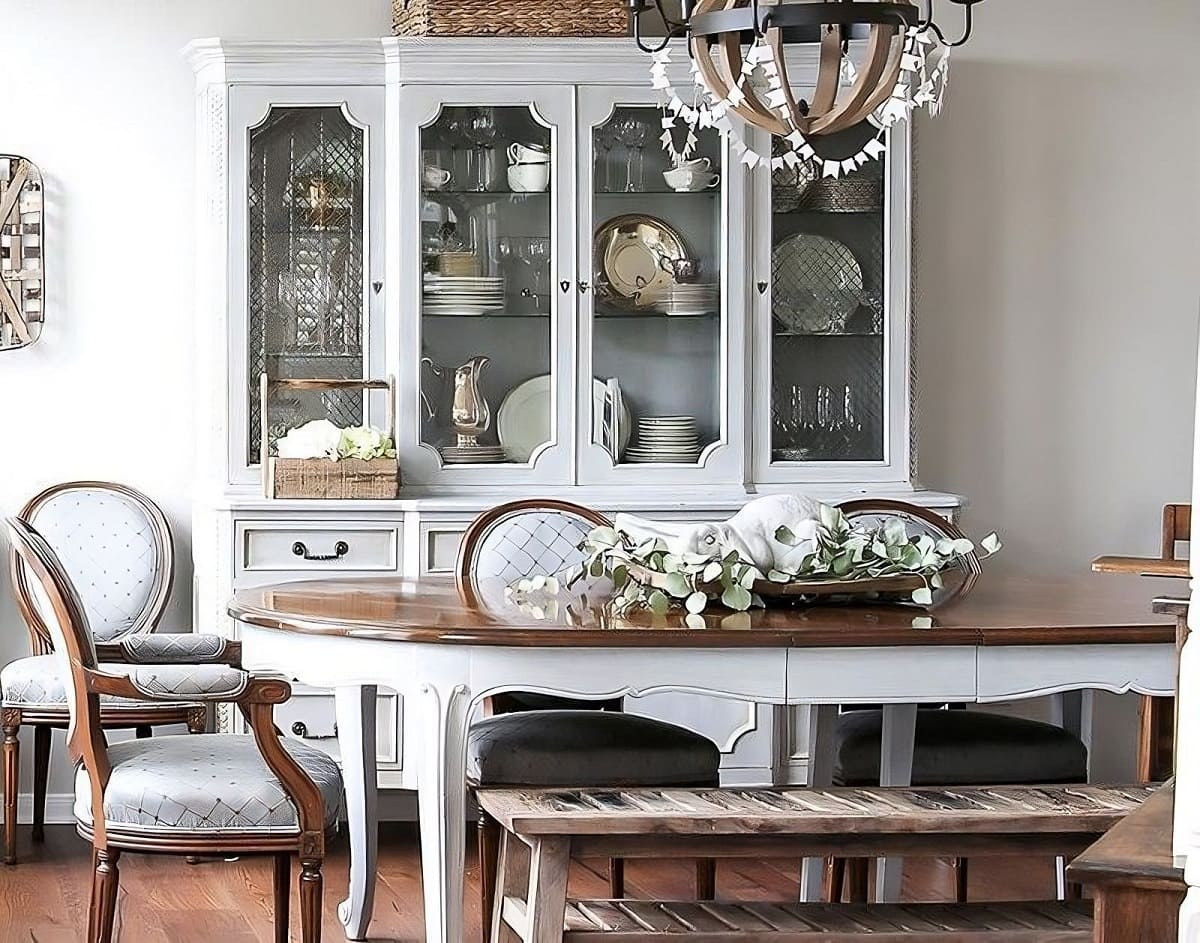



0 thoughts on “How Tall Is A Normal Dining Room Table”